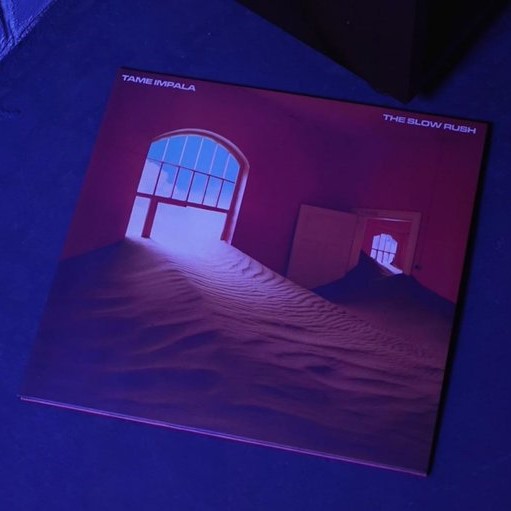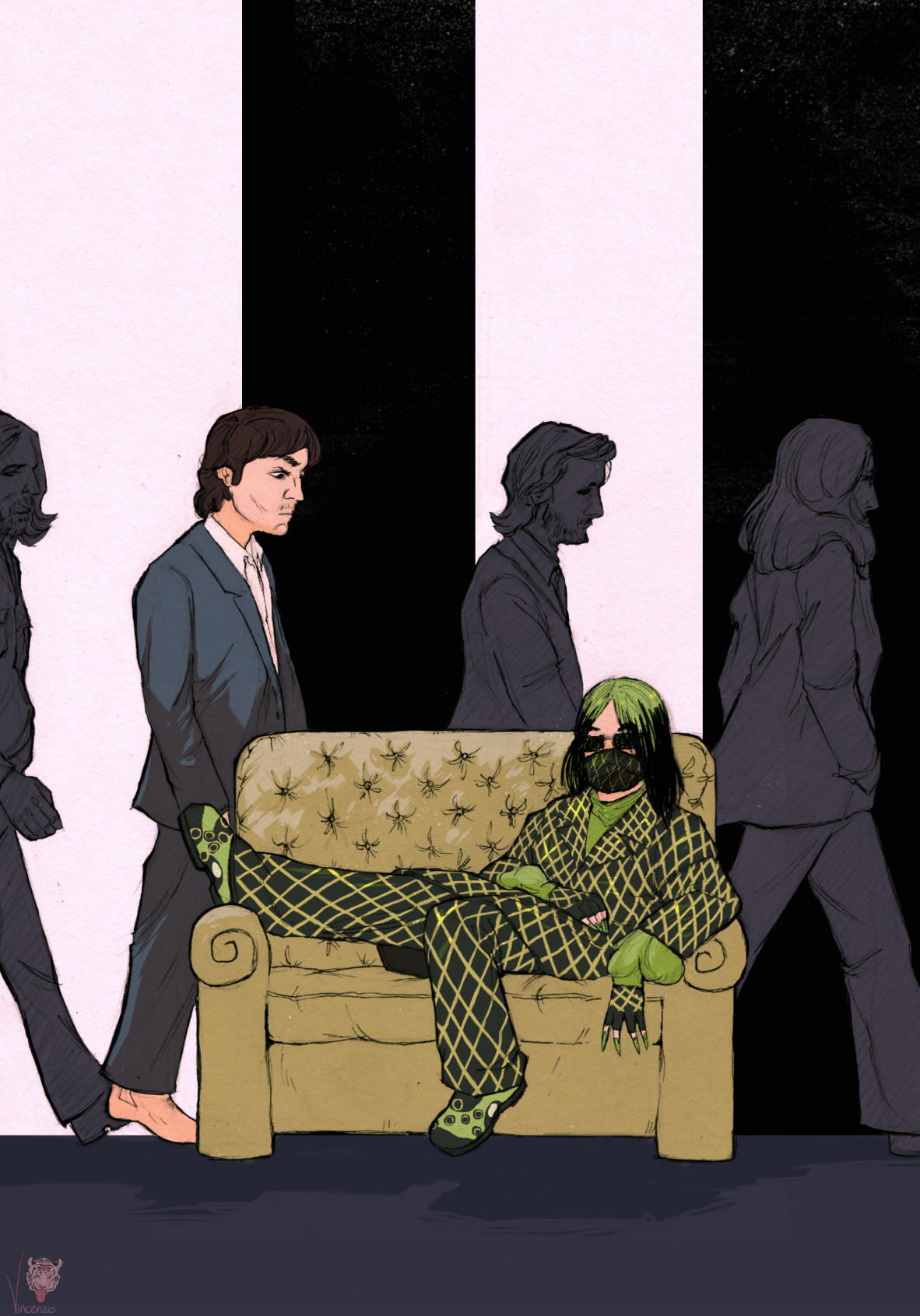The Fab Four Were Rock & Roll’s Proto-Feminists Claims Beatles Expert
Words by Riley Fitzgerald
Graphic by Press
Set to appear at Harvard University this Thursday, Fab Four expert Kenneth Womack will deliver a talk titled ‘She Loves You: The Beatles as Rock ’n’ Roll Proto-Feminists.’
The obvious criticism as to why Womack, a 53-year-old man, would be best placed to give such an address aside, he does make some interesting contentions.
His main claim is that depictions of equality and empowerment within John Lennon and Paul McCartney‘s songs had a positive impact upon the group’s large female fanbase.
Mid-period Beatles songs like ‘Girl’, ‘Drive My Car’ and ‘Day Tripper, Womack asserts are songs about women doing their own thing and not taking any guff about it.
“Rock ’n’ roll, or even popular music, [was] often highly gendered and sexist,” Womack shares in an interview with the Harvard Gazette. “It certainly was paternalistic in the Sixties and prior, in terms of songs being directed at women as objects, women as needing to be ‘counseled’ about love, [or] it was about coming on to them, even if it was just something innocent and romantic.”
Womack believes that with 1965 album Rubber Soul Lennon and McCartney’s songwriting began to break free from rock ‘n’ roll’s previous attitudes.
“The Beatles very consciously in 1965 began to change their tone,” he suggests. “They created a very specific type of female character who would think for herself and did not need a man. And that is revelatory, really. We have many songs that begin to appear at that point that are highly progressive about women living their own interests and aims and pleasure, as opposed to serving some undefinable other.”
(It should be noted that this was a period where the Women’s Movement, which defined many of the precepts of modern feminism, had not yet begun to build momentum.)
“We really start to see [these female characters] appear on Help!,” he adds. “Although you could make a case that she’s showing up even earlier on Beatles for Sale, where there’s a song called ‘No Reply,’ which is fascinating because it is about a stalker who’s watching from across the street, sitting in some tree. He’s watching this woman, who has tried to make a decision to jettison him from her life. They’re really bringing up interesting questions about the place of women in these little romantic stories…. there are a lot of songs, even these early songs, that are asking some pretty hard questions about the speaker.”
This strong woman at the center of many Beatles songs, Womack believes, was a character Lennon and McCartney concisely cultivated.
“They would sit down,” he asserts, “and John and Paul would say, ‘Let’s bring her back for this song.’ They didn’t call her a proto-feminist character, obviously, but they’d say, ‘Let’s bring her back.’”
Womack also considered that it was Paul and not John who pushed the Beatles the way into this new lyrical territory.
“It’s really being led by McCartney,” he reflects, “who is suddenly reading and taking in culture in ways that he never had before, and so he would bring a lot of those kinds of ideas back. It also helped, painfully for him I guess at the time, but, living with the Ashers and [then-girlfriend Jane Asher] telling him that no, she doesn’t want to get married and put a ring on her finger. She’s an actress right now. She’s not going to stop touring.”
The interviewer then notes that neither Beatle seemed especially feminist in their real lives. And is confused why the pair would pursue this proto-feminism in their songs.
“Their own actions hadn’t caught up with their intellectual abilities,” Womack replies. “But I do think they were conscious of the fact that they were hypocrites. I think it actually makes them more interesting that they’re both victimizers, to a certain extent, and wanting to be better. They are very fractured vessels, but they knew enough to believe it was important and to use their massive bully pulpit or bullhorn, which is still about the biggest one in history, to talk about these things.”
You can read the full interview here.










